On April 28, 2008, the Blue Mountain and Kanaka Creek Conservation Group submitted a complaint to the Forest Practices Board. They asserted that rare wildlife species and domestic water sources are being damaged by motorized recreation users in the Kanaka Creek watershed near Maple Ridge, including Kathryn Creek. The Kanaka Creek watershed area has sensitive amphibian habitat containing both red-legged frogs and coastal tailed frogs. The area may also contain Pacific water shrews. All three species are designated as ‘species at risk’ under the Forest and Range Practices Act (FRPA).
This investigation examines the harvesting of a pair of cutblocks above Lake Errock, near Harrison Mills. A resident of Sardis was disappointed that he could see the very visible cutblocks from Chilliwack. The Ministry of Forests and Range (MFR) told the complainant that, while the visual impact of the cutblocks was not consistent with the recommended visual quality objectives for the area, it met the legal requirements. The complainant asked the Board to clarify how this could happen and to determine whether it can be prevented in the future.
In 2004, the Forest Practices Board released its special report on the implementation of biodiversity measures under the Forest Practices Code of British Columbia Act. This study considered a wide range of measures described in the Biodiversity Guidebook and the Landscape Unit Planning Guide, including landscape-level, spatially-defined conservation areas which include wildlife habitat areas (WHAs), ungulate winter ranges (UWRs) and old growth management areas (OGMAs). At that time, the Board found that progress in establishing these areas varied widely across the province.
These conservation areas continue to be a key aspect of the province’s biodiversity strategy under the Forest and Range Practices Act. They serve to protect either representative samples of ecosystems, or elements of particular species’ habitats and are generally applied outside of parks and protected areas. As part of the Identified Wildlife Management Strategy (IWMS), WHAs are established to protect critical habitat for species affected by forest and range practices. UWRs are areas necessary for the winter survival of certain ungulate species. OGMAs protect examples of old forest ecosystems and provide the framework for landscape level conservation.
A resident in the Fraser Valley complained that a local woodlot owner was allowing motorized and non‐motorized recreational vehicles to damage the habitat of cutthroat trout, coastal tailed frogs and red-legged frogs. The complaintant felt strongly that the habitat for theses non-threatened, but sensitive, species should be protected from such damage.
